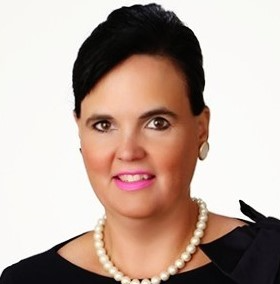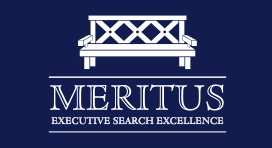Rail Industry organizations, small and large and private and public, should continuously commit to improving Diversity, Equity, and Inclusion for their internal workforce and external efforts (clients and environment). Diversity differences in a workforce support individuals of all backgrounds and their cultures, knowledge, and experiences. Equity ensures that workforce policies, procedures, programs, processes, resources, opportunities, and advancement are fair and impartial for all. Supporting workforce decisions, feedback, openness, ensuring everyone is thriving, and retaining talent drives an inclusive culture. A DE&I strategy that drives a culture of belonging, treating the same, enabling one to flourish and succeed, providing inclusion for all, generates a market advantage and high-performance, with more robust recruitment and retention.
At the NARS Conference in September, we heard from a Class I CEO that 5% of their workforce was female. A focus on gender diversity in the rail industry is one example of a need industry-wide to ensure that the industry attracts and retains diverse candidates and compensates with the importance of pay equity. Globally, company and corporate cultures that support and promote diversity in senior executives and board members boast superior results.
The bottom line is that organizations should make certain the external environment understands their diverse culture, which will allow them to attract a diverse pool of candidates. In the search and recruitment process, make sure that organization interview practices are clear to interview panels, promote organization culture, are documented, non-discriminating, and unbiased to attract talent for workforce optimization.

